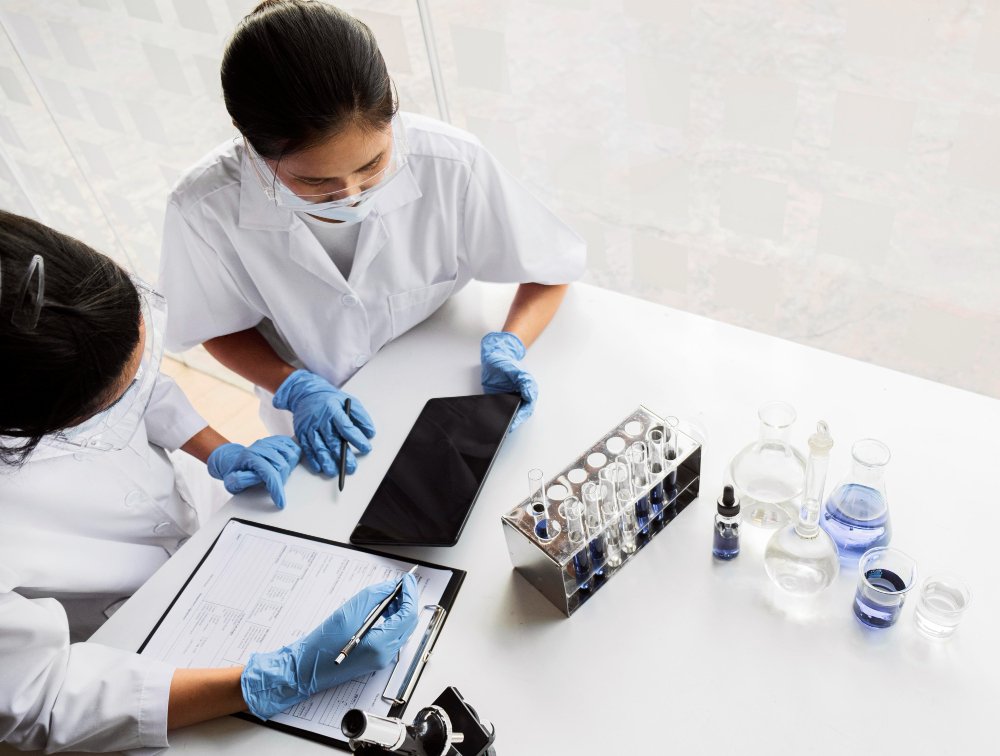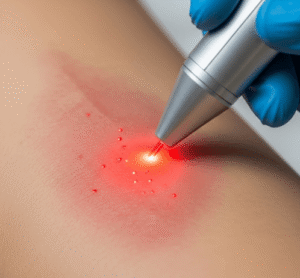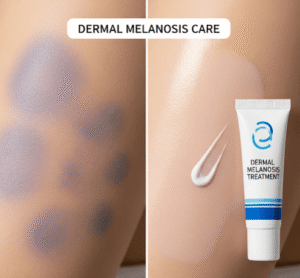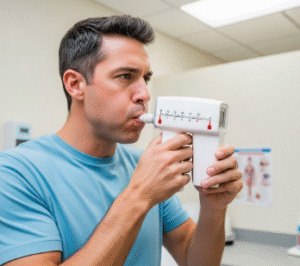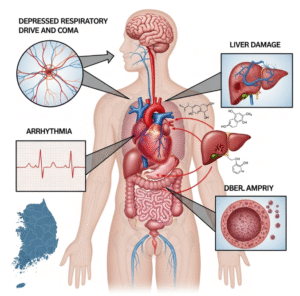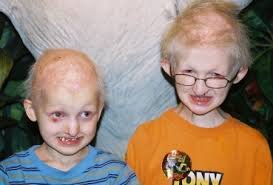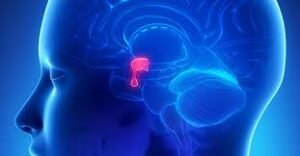Overview
Cholestasis is a condition where the flow of bile from the liver to the small intestine is reduced or blocked, leading to a buildup of bile acids in the liver and bloodstream. This can cause jaundice, itching, and digestive problems. In Korea, cholestasis is managed with advanced diagnostic tools, specialized liver clinics, and treatment options ranging from medication to surgery, depending on the underlying cause.
What is Cholestasis?
Cholestasis refers to impaired bile flow, either due to a blockage in the bile ducts (extrahepatic cholestasis) or a problem within the liver itself (intrahepatic cholestasis). Bile is essential for digesting fats and removing waste products; when its flow is disrupted, toxins and bile salts accumulate, causing liver and systemic complications.
Symptoms
- Jaundice (yellowing of the skin and eyes)
- Pruritus (intense itching, often worse at night)
- Dark urine
- Pale or clay-colored stools
- Fatigue
- Abdominal pain (especially in the upper right quadrant)
- Nausea and poor appetite
Causes
- Liver-related (intrahepatic):
- Viral hepatitis (Hepatitis B, C)
- Alcoholic liver disease
- Drug-induced liver injury (e.g., antibiotics, anabolic steroids)
- Primary biliary cholangitis (PBC)
- Primary sclerosing cholangitis (PSC)
- Intrahepatic cholestasis of pregnancy
- Bile duct-related (extrahepatic):
- Gallstones
- Bile duct tumors (cholangiocarcinoma)
- Pancreatic cancer compressing bile ducts
- Post-surgical strictures
Risk Factors
- Chronic liver disease
- Gallstones or biliary tract disorders
- Long-term alcohol use
- Certain medications (antibiotics, anabolic steroids, chemotherapy drugs)
- Autoimmune conditions
- Pregnancy (intrahepatic cholestasis of pregnancy)
Complications
- Vitamin deficiencies (A, D, E, K – due to poor fat absorption)
- Malnutrition
- Chronic liver damage (fibrosis, cirrhosis)
- Gallstone formation
- Severe itching leading to skin damage
- Increased risk of infections (cholangitis)
Prevention
- Avoid excessive alcohol intake
- Get vaccinated for Hepatitis A and B
- Use medications carefully and under medical supervision
- Maintain a healthy weight and diet to prevent gallstones
- Regular health checkups and liver function monitoring, especially in high-risk groups
Treatment Options in Korea
Korean hospitals offer comprehensive care for cholestasis with modern imaging, liver function testing, and multidisciplinary treatment approaches.
1. Diagnosis
- Blood tests: Liver function tests (ALT, AST, ALP, GGT, bilirubin)
- Imaging: Ultrasound, CT, MRI, MRCP (Magnetic Resonance Cholangiopancreatography)
- Liver biopsy (if intrahepatic cause suspected)
- Endoscopic procedures: ERCP (Endoscopic Retrograde Cholangiopancreatography) for diagnosis and treatment
2. Medical Treatment
- Ursodeoxycholic acid (UDCA) – improves bile flow and reduces liver damage
- Cholestyramine or rifampicin – for itching relief
- Vitamin supplementation (A, D, E, K)
- Corticosteroids or immunosuppressants (for autoimmune-related cholestasis)
3. Surgical/Interventional Treatments
- ERCP with stent placement for bile duct obstruction
- Gallstone removal (endoscopic or surgical)
- Tumor resection (if cholangiocarcinoma or pancreatic cancer is the cause)
- Liver transplantation (for end-stage liver disease or irreversible damage)
4. Supportive Care
- Nutritional support with low-fat diet and supplements
- Itch management with medications or phototherapy
- Monitoring for liver failure progression

